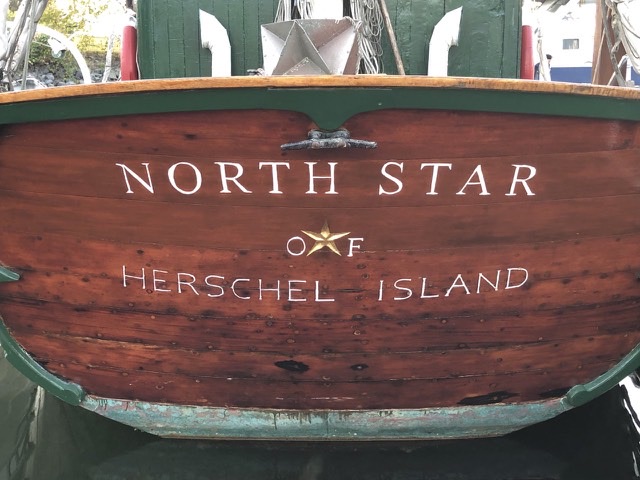1160 Canadian arctic guardians
Sisters of the Ice: The True Story of How St. Roch and North Star of Herschel Island Protected Canadian Arctic Sovereignty
by R. Bruce Macdonald
Madeira Park: Harbour Publishing, 2021
$19.95 / 9781550179286
Reviewed by Hector Williams
*
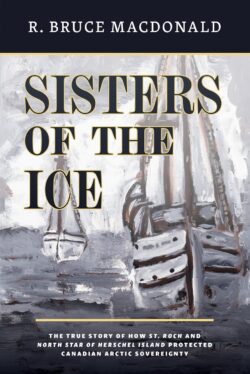 Nearly six decades ago I worked in Canada’s North with various government agencies like the CBC Northern Service and the Department of Northern Affairs for a number of summers. Sovereignty lurked in the background and occasionally came up, in 1969, for example, when the giant 106,000 ton American oil/bulk carrier SS Manhattan traversed the Northwest Passage without our formal permission. Our governments (whatever the party) have tended to pay lip service to the principle rather than making the necessary investments in ships and infrastructure; it is thus useful when a book like this one brings up its history. Bruce Macdonald is owner and master of the three-masted sailing ship North Star of Herschel Island (hereafter North Star; there were other North Stars in the Arctic), which is moored in the Heritage Harbour at the Vancouver Maritime Museum.
Nearly six decades ago I worked in Canada’s North with various government agencies like the CBC Northern Service and the Department of Northern Affairs for a number of summers. Sovereignty lurked in the background and occasionally came up, in 1969, for example, when the giant 106,000 ton American oil/bulk carrier SS Manhattan traversed the Northwest Passage without our formal permission. Our governments (whatever the party) have tended to pay lip service to the principle rather than making the necessary investments in ships and infrastructure; it is thus useful when a book like this one brings up its history. Bruce Macdonald is owner and master of the three-masted sailing ship North Star of Herschel Island (hereafter North Star; there were other North Stars in the Arctic), which is moored in the Heritage Harbour at the Vancouver Maritime Museum.
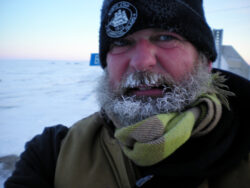
It lies about a hundred metres from the other ship in his title, the former RCMP Arctic patrol vessel, St. Roch (now for many decades protected by an A-frame shelter at the museum). As in his previous book on North Star, Macdonald pulls together a mass of material from a great variety of sources (there is a bibliography of 32 works cited and 123 end notes) and illustrates it with dozens of mostly small black and white photographs, many of indifferent quality. The bibliography is a bit hit and miss and indeed the author suggests readers look at the more extensive one in his 496-page book on North Star itself. It also includes useful sidebars on different topics like the Herschels, the famous family of late 18th and early 19th century English astronomers, after whom the island took its name, or Peter Freuchen whose book on the “Eskimo” was so popular decades ago. There is an index at the end.
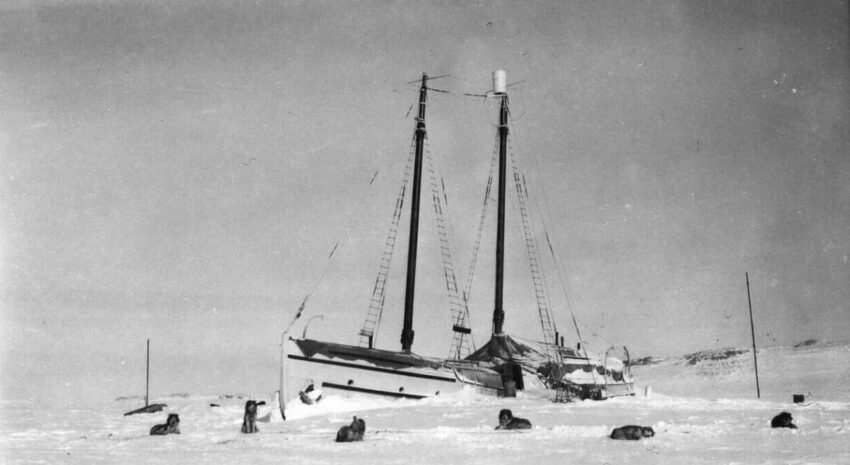
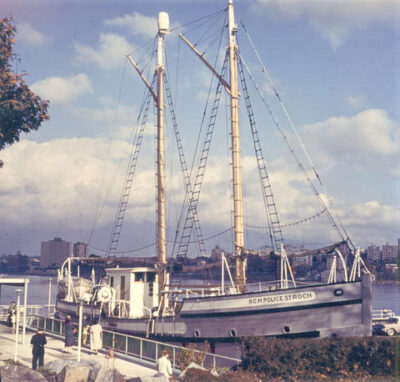
Chapter 1 tells the story of Herschel Island itself, a small island five kilometres off the Yukon shore, and of the whaling ships, mostly American, who based themselves there after eliminating much of the whale population in the North Pacific. Active in the late 19th and early 20th centuries the whaling industry led to the establishment of an NWMP post, both to bring law and order among the 500 or so raucous whalers spending the winter locked in the ice by the island and to establish an element of Canadian sovereignty through charging Canadian customs taxes.
A brief Chapter 2 deals with the arrival of the NWMP; it is sobering to read of the racist attitude toward the Inuit on the part of senior members of the Force in Ottawa compared to the men on the ground. Chapter 3 brings up the issue of exactly what sovereignty might be: we Canadians are sure we have it, or should have it “up there,” but the rest of the world sees the Passage as an international waterway. Occasionally our government has moved entire Inuit communities around in the North to help establish sovereignty even when it was destructive to those communities. The role of the RCMP and the Roman Catholic and Anglican missions in the Arctic along with the Hudson’s Bay Company posts were other important elements in “sovereignty.” Everyone seems to accept our dominion over the many islands, some among the world’s largest, up there — except Hans Island between Ellesmere Island and Greenland about which we have a debate with Denmark, but the Passage is another matter.
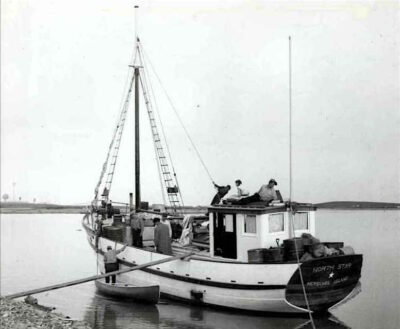
Chapter 4 puts what was happening in the western Arctic in context with a discussion of activity in the eastern Arctic where European explorers like Frobisher, Hudson, and Munk had been active from the late 16th and early 17th centuries. Few Canadians know that much of the territory west of Hudson’s Bay was known for over a century as Nova Dania, New Denmark, because of Munk’s exploration and publication of his voyage in 1619-20. Chapter 5 introduces the trader C.T. Pedersen, one of the many Scandinavians who, like Henry Larsen, later played such a central role in Arctic Canada. Fluent in Inuktitut and with vast experience in Arctic waters he was a remarkable figure who deserves to be better known. Chapter 6 brings in a Dane, Christian (Charlie) Klinkenberg, a trapper and rather dubious character who may have murdered at least half a dozen companions on several ships he captained in the western Arctic. Roald Amundsen (the Norwegian who first made it through the passage) and Vilhjamur Stefansson (a controversial Icelandic Canadian — not American as M. says — active in Arctic exploration) also appear briefly in these pages.
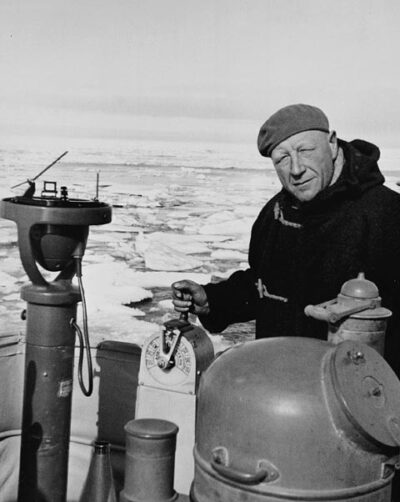
In Chapter 7 we finally get to Henry Larsen, the Norwegian-born sailor and captain of St. Roch who became one of the great figures in the Canadian Arctic in the second quarter of the century. In Chapter 8 the author brings in the St. Roch and then in Chapter 9 the North Star of Herschel Island, the “stars” of the book. Commissioned in the 1930s by very successful Inuit trappers Fred Carpenter and Fred Wolki, the ship was designed with double hull like St. Roch and with space not only for large cargoes of furs but also room to evacuate the thirty or so inhabitants of Banks Island in an emergency. While there is some discussion of the ships we get no details of size or weight. Chapter 10 deals with the fur trade and the white fox pelts that made North Star financially possible and its Inuit owners well off. Chapter 11 goes on to the problems of Arctic navigation and Chapter 12 discusses the NW Passage and the St. Roch’s 1940-42 trip west to east.
Here the author introduces without discussion the proposal that St. Roch was supposed to reach southeast Greenland to join Canadian troops to “protect” the kryolite mine there, vital for producing aluminum. The U.S. blocked any Canadian or British presence but took over the mine to secure it (Denmark had fallen to Germany in the spring of 1940): they sent 500 troops and dismounted a number of guns from warships to defend it from possible German attack. In autumn of 1940, moreover, few had any idea it would take St. Roch two years to get through to the eastern Arctic, let alone Halifax.
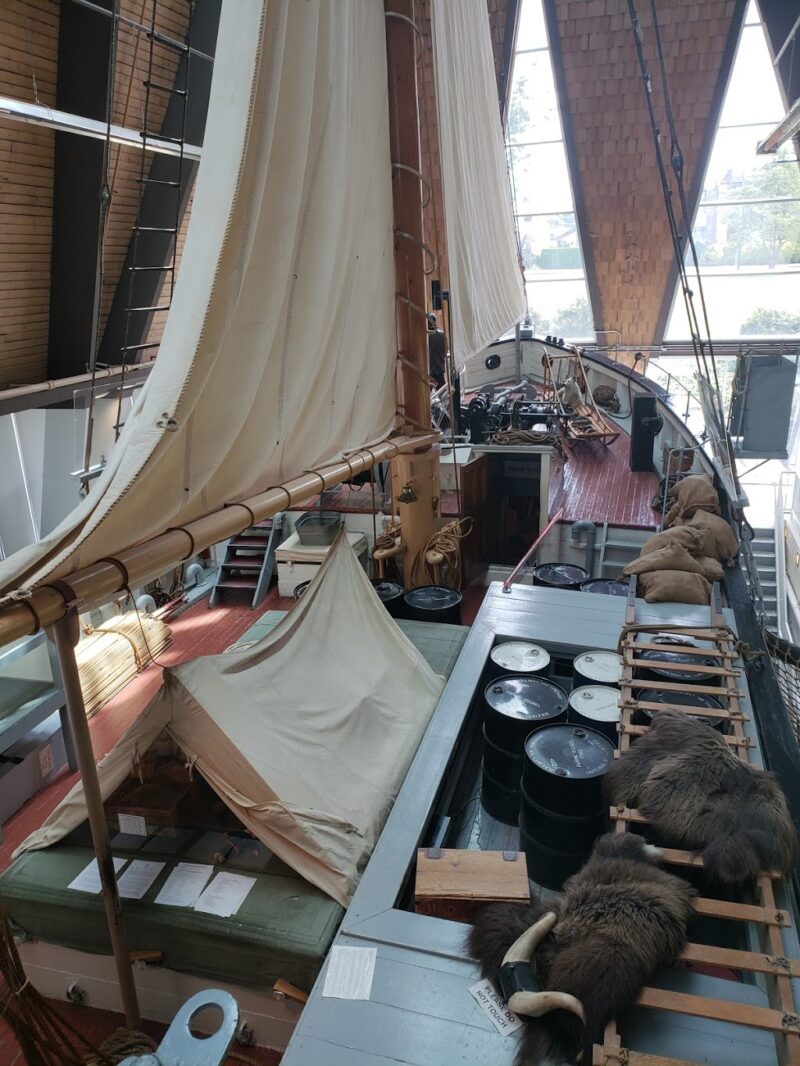
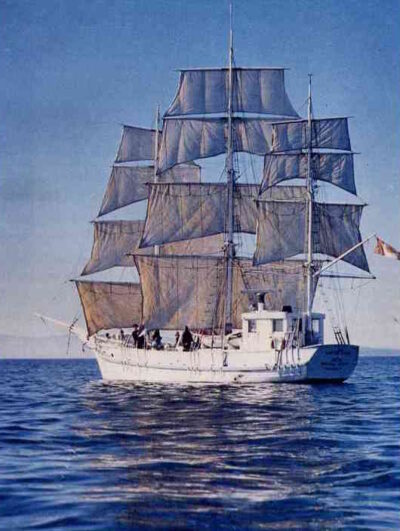
Chapter 13 follows the St. Roch from its conversion in Halifax to a ketch and its voyage back across the Passage from east to west in 1944 in a mere 86 days. Chapter 14 brings the story into the 50s and the role of North Star then, especially when Fred Carpenter took family and friends over to Sachs Harbour on Banks Island to establish a Canadian presence. In 1961 the ship ended its fur trading career, but under its new owner, Sven Johannson, found a new one rented out to the federal government as a research vessel. Interestingly, besides Arctic chores, it was also used to survey the Alaska panhandle to determine the actual border. Later Johannson moved the vessel down to the BC coast, added two masts, and turned her into the present three master. For many years she was berthed in Victoria’s Inner Harbour. The last few pages bring the story to the present owners; the ship now has a fine wooden figurehead in the form of the head and neck of a polar bear.
A labour of love, Sisters of the Ice which would have benefited from editing, not just to catch the occasional typo (e.g. 1935 instead of 1835 on p. 2) but also to guide the author in his organization. It is not until p. 53, for example, that we first meet the two vessels in modest detail. More details about the ships and a plan of St. Roch would have been useful. A good part of the book consists of long quotations from the works in his bibliography; unfortunately, not all sources of texts quoted are there. It would also have been useful to have references to works on sovereignty like Gerard Kenney, Dangerous Passage (2006), a short and readable book for a general audience.
The question of whether the Passage is a Canadian or international waterway is still with us, especially as climate change lessens the amount and thickness of ice most years and makes the route an attractive one from Pacific rim countries to Europe. The U.S., Russia, and China have adequate icebreakers; we may have two Polar 8s by 2030 if we can believe present government promises. In any event the Arctic and Canada’s place in it are taking a more conspicuous and deserved place in the consciousness of Canadians. Books like Macdonald’s should help with that process.
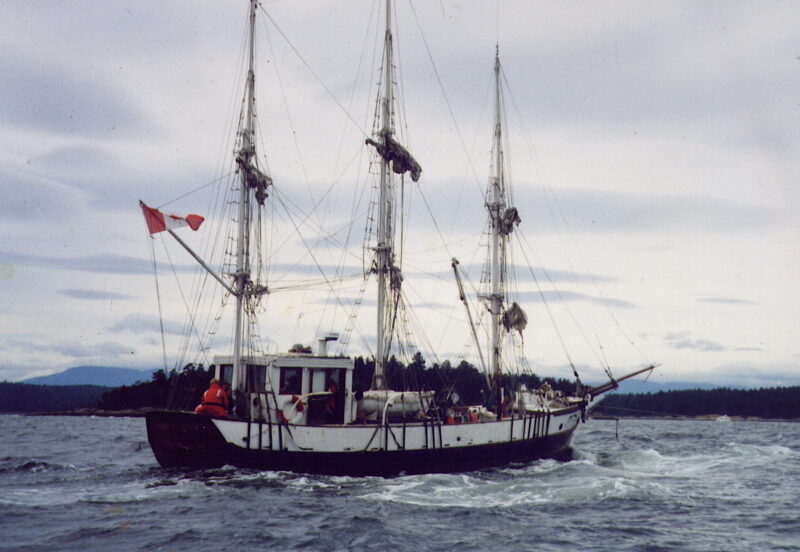
*

Hector Williams was raised in northern Canada in Churchill (Manitoba) and Fort Smith (NWT). He worked for various northern agencies in the 1960s (Hudson’s Bay Company, Department of National Defence, Northern Service of the CBC, Department of Northern Affairs) before moving to warmer climes and becoming a classical archaeologist. He taught at the University of British Columbia from 1970-2015 and still directs UBC’s two archaeological projects in Greece, at Mytilene and Stymphalos. He maintained his interest in the North (especially its maritime history) and has completed two trips through the Northwest Passage as well as four to different parts of Greenland while lecturing on cruise ships. He has served on the board of the Vancouver Maritime Museum since 1991 and was its President from 2006-2009. He has been on the board of the Vancouver Institute for over twenty years and has been its President twice.
*

The Ormsby Review. More Books. More Reviews. More Often.
Publisher and Editor: Richard Mackie
The Ormsby Review is a journal service for in-depth coverage of B.C. books and authors. The Advisory Board consists of Jean Barman, Wade Davis, Robin Fisher, Cole Harris, Hugh Johnston, Patricia Roy, Maria Tippett, and Graeme Wynn. Scholarly Patron: SFU Graduate Liberal Studies. Honorary Patron: Yosef Wosk. Provincial Government Patron since September 2018: Creative BC
“Only connect.” – E.M. Forster
